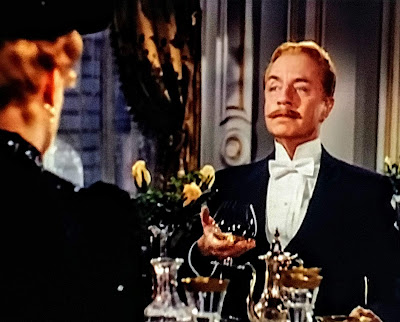Crystal Stemware... The Glass with Class
Crystal stemware and weddings are intrinsically linked, whether in festive table settings or in wedding gifts. However, selecting the right stemware from the many sizes and shapes available can seem complicated. Typically, a manufacturer might offer as many as nine different kinds of stemware in each of its patterns. They are (in descending order of size) the water goblet, burgundy, white wine, hock, sherry and cordial. In addition, the champagne flute or saucer-shaped champagne coupe and the brandy snifter are often also part of the set. Only three sizes are necessary to complete a basic stemware place setting: a water goblet, an all-purpose wine glass and a champagne flute. Nice additions to the basic three are the cordial glass and the brandy snifter.
Since these latter two normally are used after the meal, they do not have to match the principal stemware pattern. Don't think of the norms as rules, however, says Barbara Tober, editor of Bride's magazine, because almost any glass can be used for any occasion. She offers these guidelines: For maximum enjoyment of wine, choose a glass with a clear bowl generous enough to hold at least four ounces of wine. Select a gracefully-shaped glass to present a pleasing appearance on the table, and one that is comfortable to hold. The key to getting maximum enjoyment from your crystal, however many pieces you may have, is to use it for a variety of beverages and food. For example, Claude Loisel, president of Cristalleries de Saint-Louis, says the water goblet can also be used for iced tea, soda and juice. lt can even hold red wine, if a very large glass is desired.
Wine glasses are the most diverse of all crystal, since they vary in size and shape according to the type of wine to be served. When only one size is purchased, normally it will be the burgundy glass which can be used for red and white wines. The champagne glass is particularly useful, since champagne figures prominently at life’s celebrations. Nowadays, the saucer-shaped bowl that used to be popular has been superseded by the flute (known as a tulip when the rim curves slightly inward). The elongated shape and narrow mouth prevent champagne bubbles from dissipating too rapidly. Alice Kolator, of Lenox China and Crystal, advises taking the dinnerware into consideration when choosing the crystal pattern. “Look at the two patterns in a place setting to make sure they complement each other.” she suggests.– By Barbara Mayer, AP Newsfeatures, 1989
Etiquette Enthusiast, Maura J Graber, is the Site Editor for the Etiquipedia© Etiquette Encyclopedia

No comments:
Post a Comment
Note: Only a member of this blog may post a comment.